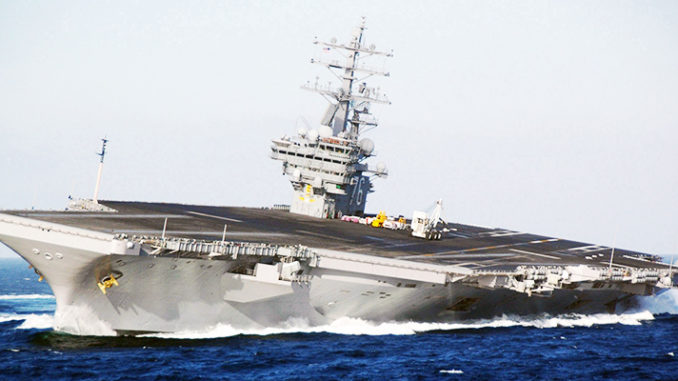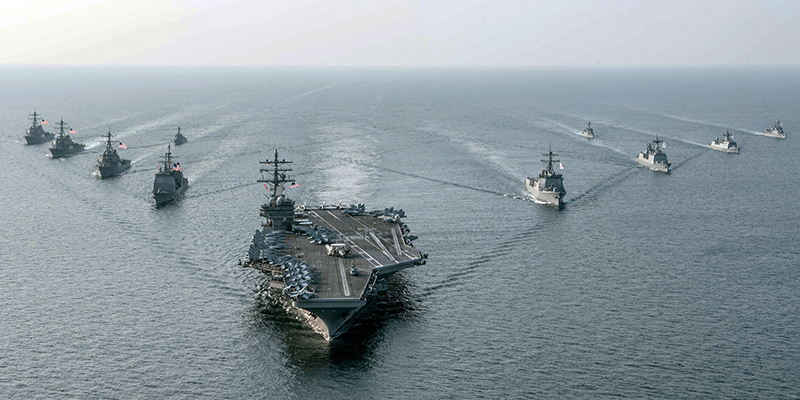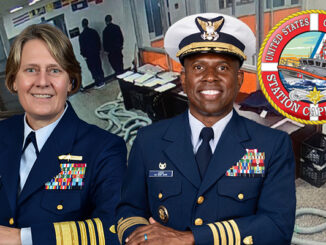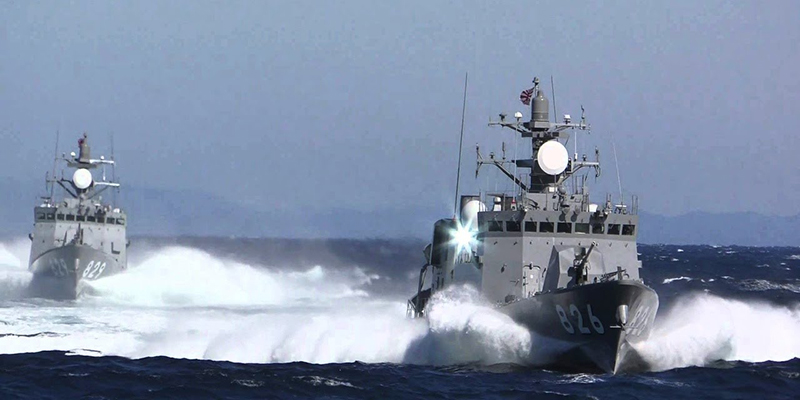
Oh, say it ain’t so! What could go wrong when sailors responsible for the nuclear reactor of an aircraft carrier are using the classic hallucinogenic drug of the 60s called LSD? It wasn’t that long when the Air Force admitted some of their personnel “guarding” our nuclear missile silos were getting high on LSD.
BACK TO BASICS
Lysergic acid diethylamide (LSD), also commonly known as acid, is a hallucinogenic drug. Effects typically include altered thoughts, feelings, and awareness of one’s surroundings. Many users see or hear things that do not exist. (Oh, that’s good when working around nuclear stuff) Dilated pupils, increased blood pressure, and increased body temperature are typical symptoms. Effects typically begin within half an hour and can last for up to 12 hours. It is used mainly as a recreational drug.
While LSD does not appear to be addictive, tolerance with use of increasing doses may occur. Adverse psychiatric reactions such as anxiety, paranoia, and delusions are possible. Long-term flashbacks may occur despite no further use. Death as a result of LSD is very rare, though occasionally occurs via accidents. The effects of LSD are believed to occur as a result of alterations in the serotonin system. As little as 20 micrograms can produce an effect.
In pure form, LSD is clear or white in color, has no smell, and is crystalline. It breaks down with exposure to ultraviolet light. Hey, that’s a good idea; maybe the Navy should change the lighting in the engine room to ultraviolet to help combat the effects of the LSD on sailors pulling out the rods on the nuclear reactor. How about conducting a weekly unit sweep to make damn sure people who are allegedly defending America are not hallucinating.

QUESTION #1 – Is it good to have anyone in our military high on LSD? Obviously, it wouldn’t be good for a pilot to be high on LSD. And, it wouldn’t be good for the commander of a nuclear submarine to be high on LSD. We would submit, it’s not wise for anyone in the military to be high on anything, especially a hallucinogenic drug like LSD. Given the fact this latest bust in our military occurred on the aircraft carrier Ronald Reagan made us recall the failed program our government spent millions on to combat drug use called, “JUST SAY NO.” How’s that working out for you Navy?
QUESTION #2 – Is the Navy going to just throw these enlisted members in the brig and call it done, or are they going after the recruiters who probably knew they had drug problems in their background? Are there any officers who saw his/her sailors with dilated pupils in their eyes and knew they were using something but didn’t do anything? Is there a policy of appeasement and counseling that superseded rigorous application of the law?
The Navy has had a drug problem going back decades. Members of the MCC staff were on active duty when on May 26, 1981, a Marine EA-6B Prowler assigned to Carrier Air Wing 8 (CVW-8) landed just to the right of centerline killing 14 crewmen and injuring 45 others. The autopsy results of the dead including both pilots revealed everyone had traces of Tetrahydrocannabinol (THC) in their bloodstream. THC is the principal psychoactive constituent of cannabis.
They were all smoking dope.
The Navy asked for help from Congress and this began the Navy’s war on drugs. One member of our staff remembers when orders came in from CINCPACFLT to conduct a drug screen. To protect several of the pilots in the squadron who still had a drug habit from Vietnam, the XO switched SSNs forcing the young pilots to submit a urine sample. The military still has a drug problem. Its seriousness can be debated, but the fact remains that the problem still exists.
The most recent drug bust was recently reported in an article by Navy Times reporter Geoff Ziezulewicz…
Fourteen sailors from the nuclear reactor department of the aircraft carrier Ronald Reagan face disciplinary action in connection to LSD abuse, Navy officials confirmed this week.
Two sailors are already heading to court-martial for using, possessing and distributing the hallucinogenic drug, while three are waiting to see whether they will be charged as well, according to 7th Fleet spokesman Lt. Joe Keiley.

Another 10 sailors with the Japan-based ship were administratively disciplined on LSD-related charges, Keiley said. A 15th sailor was also disciplined, but that person was not assigned to the carrier’s reactor department. Keiley said the 14 reactor sailors charged or facing potential charges came from a department with more than 400 personnel.
Accused sailors were removed from all duties pending the findings of the Naval Criminal Investigative Service probe, he said in an email. “Out of an abundance of caution, Ronald Reagan leadership reviewed the work previously performed by the accused sailors and no improper work was identified,” Keiley said in an email to Navy Times.
Two nuclear department sailors will be court-martialed for possessing and distributing the hallucinogen, and the Navy is mulling the fate of three others. Keiley declined to detail the ranks, ratings or charges that the administratively disciplined personnel faced but said “propulsion plant operations and maintenance are supervised by senior personnel.”
“Due to the defense in depth of the design and operation of the propulsion plants, the reactors aboard (the Reagan) remain safe,” he said. Two sailors are awaiting court-martial in connection to allegations they used and distributed LSD. Machinist’s Mate Nuclear 2nd Class Andrew W. Miller faces charges for using, possessing and trafficking the drug from January to February of this year, according to charge sheets.
Electrician’s Mate Nuclear 2nd Class Sean M. Gevero is also charged with distributing LSD and possessing nandrolone decanoate, an anabolic steroid, charge sheets state. Lawyers for the two have not responded to requests for comment. The Navy continues to weigh charges against at least three other Reagan sailors for allegedly using and possessing illegal drugs, Keiley said.
News of the alleged drug ring broke in February when the Wall Street Journal reported that an investigation was underway regarding drug selling and use among the crew of America’s only aircraft carrier to be stationed outside the United States. Keiley said Japanese authorities also have closed their investigation into whether the American sailors were selling or getting their LSD from local citizens.



